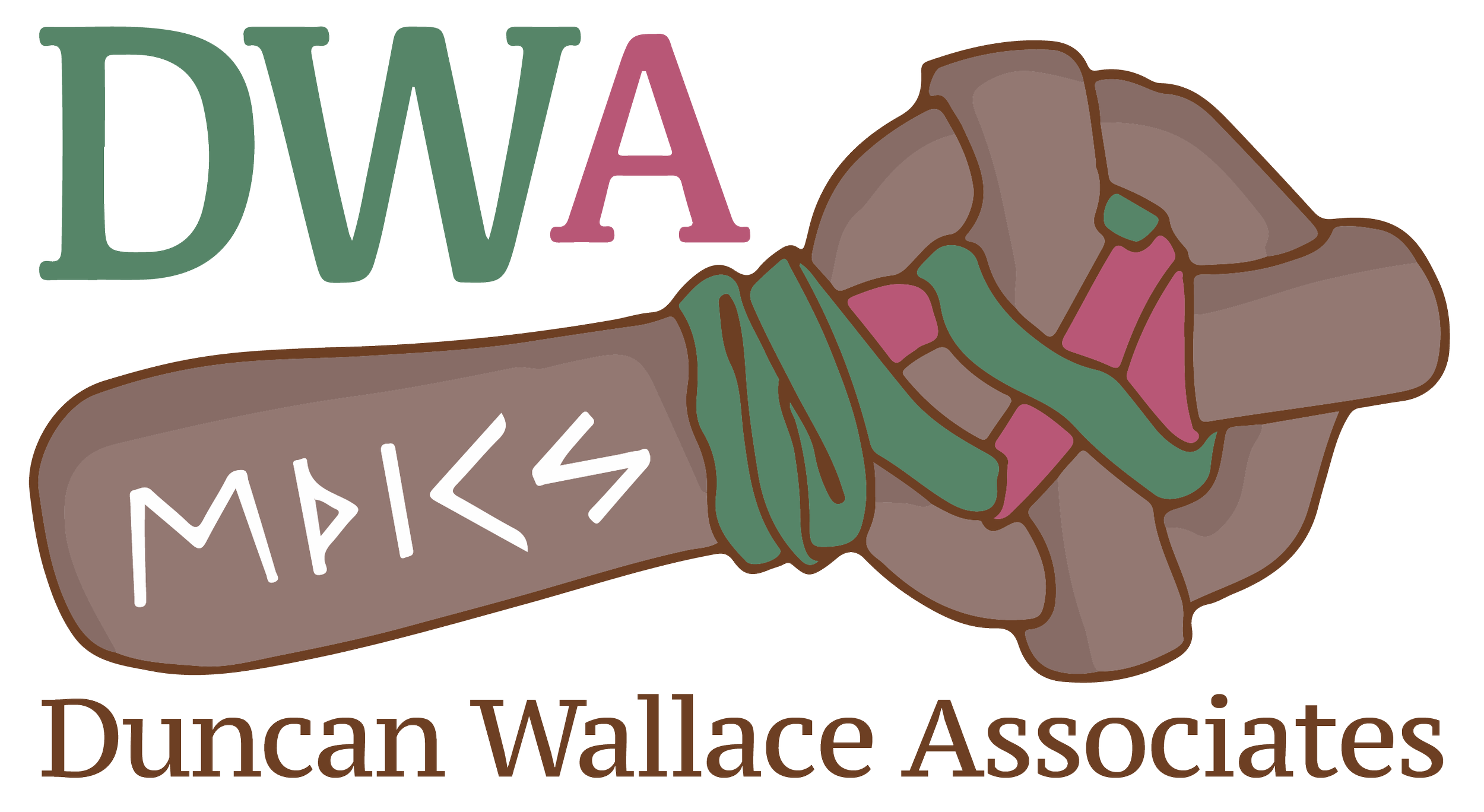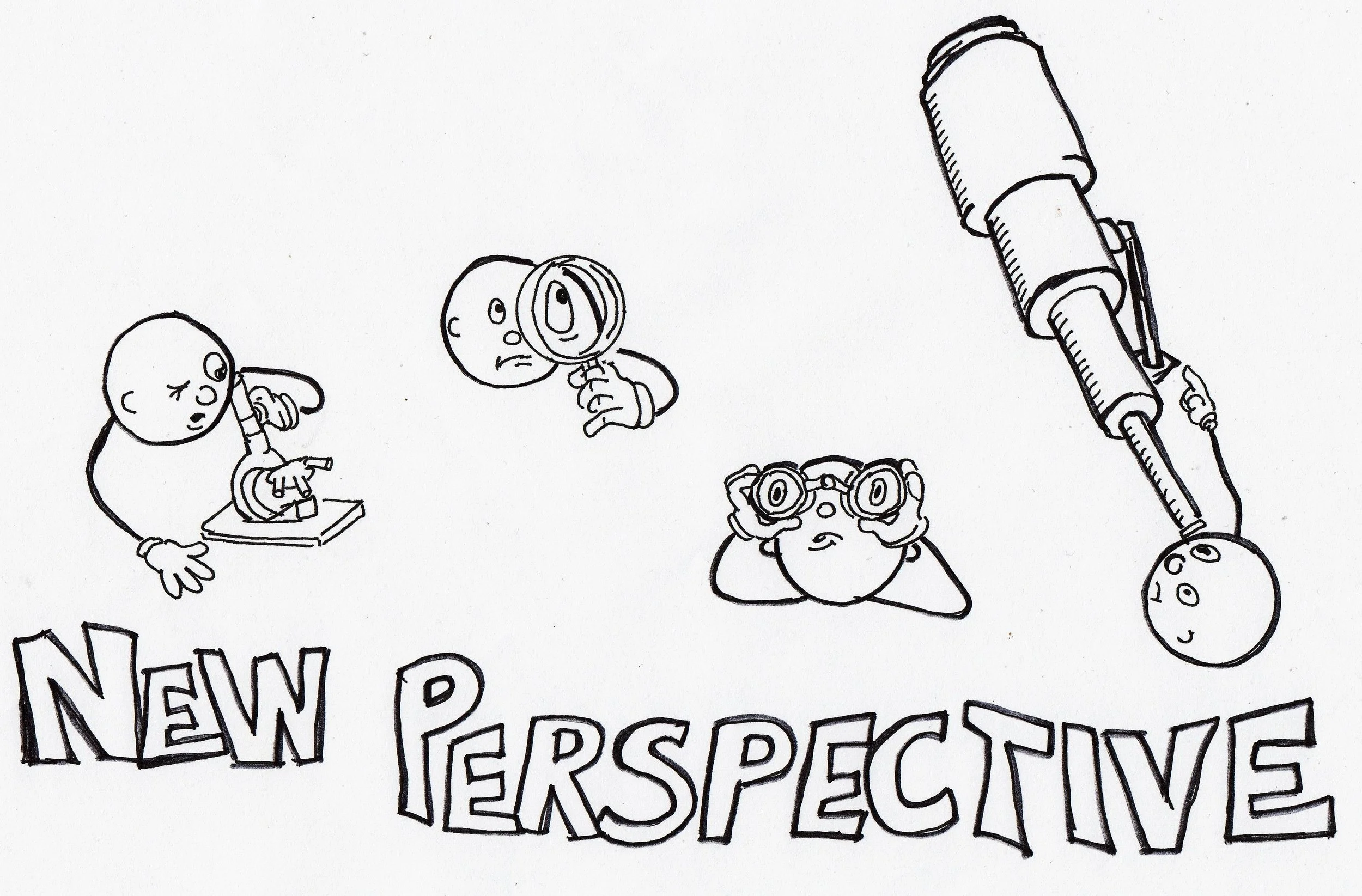Build Back Better. Post-Covid-19 is an opportunity to develop the Accessibility of Your Services
We are now in the Post-Crisis phase of the response to the Pandemic. I have written about this phase of the transition in a separate article here. In this article I set out a very useful framework that Duncan Wallace Associates has used extensively in our culture change work to enable organisations to develop their accessiblity.
In my experience this is now an opportunity to increase the accessibility of our public and voluntary services to reach those who have been most affected by the inequality that this pandemic has shone a light on. In public service language, using this 9 Principles of Public Service in Scotland, this is our duty and our passion.
Build Back Better is about learning lessons from what is already possible.
However for many, including those in the public sector, this remains to be a hidden opportunity. Which luckily the Chinese symbol for Crisis helps us to realise that Crises are often ‘hidden opportunities’.
Lets grasp this opportunity and use this practical framework and toolkit to make this happen.
Developing the Accessibility of your Services
I have been using this framework to develop a toolkit that facilitates services and government processes to consider and stretch what they are doing to reach those whom they are struggling to reach. In this article, I have pulled together a brief introduction to a toolkit which we (Myself and Simon Malzer) have used in a few settings. The toolkit is designed to facilitate exploration of the how these 6 different dimensions can be affecting your accessibility. I've also put some workshop suggestions that we can do this thinking within and alongside, with organisations and networks. This can fit very well into Mainstreaming Equalities Working projects or programs which are about Developing Your Accessibility, or Enhancing Customer and Service Culture.
Understanding how to make services more accessible to everyone has long been a subject of study in the world of health and public service delivery. Why aren't more people coming through the door? How do we reach people from black and minority ethnic backgrounds? Why do people from area A know about us, but no-one from area B? These and many more quandaries confront agencies delivering a wide range of services, from cancer support to local libraries; benefits advice to environmental protection. For many, levels of use directly affect their funding. The question of access is therefore fundamental.
But no practical framework for understanding access issues has been developed to help providers of services out in the real world make sense of the issues and develop an improvement agenda. Until now, that is.
Accessibility of Services has just taken a leap of opportunity with the shift to hybrid working.
The Candidacy framework draws directly on a series of academic work. It takes as its starting point the analytical concepts first set out by Mary Dixon-Woods in the 1980s, specifically related to access to public health services in the UK. Her pioneering work on this candidacy framework was later refined and expanded upon by other researchers, notably Mhairi Mackenzie et al in 2012, in a Glasgow based study that took the concept beyond health and tested it to analyse access issues in environmental services, higher education and services tackling domestic abuse.
Years later, the conclusion of this study is, if anything, even more apposite than when it was written.
There is already evidence, for example, that the lives of the most disadvantaged will become materially more difficult (Citizens’ Advice Bureaux 2010; Yeates et al. 2011); at the same time, local authorities with the most deprived populations have been subject to the most significant cuts (SIGOMA 2010). In this context it becomes urgent to understand the process of access to limited public services and to determine how these are influenced at macro, meso and micro levels by changing discourses of deservedness and fairness and by stringent reductions in the public purse. We contest that candidacy offers one way of developing that understanding and should now be put to the test.
The Candidacy Framework for developing the accessibility of your services
There are 6 stages in the Candidacy Framework.
Identification – how people come to recognise themselves as needing a service
Navigation – awareness of the services on offer and the practicalities of accessing those services
Permeability– the ease with which people can take up the service
Presentation – the ability to self-present, communicate and articulate the ‘need’ or issue at hand
Adjudication – perceptions and behaviours on the part of staff that can create inconsistencies in outcomes of candidacy bids
Operating Conditions – the external environmental, cultural and economic context Conditions against which the candidacy bid is being played out
A Toolkit for Build Back Better
Each stage is treated separately in the tool kit. Each has its own discussion and question set. We have designed the questions with two main aims in mind:
a) To aid deeper understanding of each specific stage; the forces and factors in play and how they potentially affect individuals.
b) To orientate you towards action that will either directly reduce barriers or set up a learning mission to gain insight into the actual experience of potential and actual candidates for your service.
Candidacy is not a neat, linear process. A framework like this needs to reflect the real life experience of people and real life is rarely a series of neat, uninterrupted steps going from A to B. So, while the framework is set out in clearly defined stages, it's important to look at the framework as a whole and to focus on the elements most relevant in particular situations.
However what we would say, from our experience in applying this framework, is that all 6 steps offer key parts of the jigsaw, so please don’t be tempted to miss any out.
Here's a short list of the kind of introductory workshops we offer.
Accessible Services - Auditing your Blindside
Reaching the Parts of society that no other service reaches
Mapping the Immune System of Your Service - see sister article here
Sharpening Your Customer and Service Culture
Ideas are Everywhere - Co creating Innovation Culture for openness.
If you would like a copy of the toolkit, to learn more or co-create what your services need please contact me
Build Back Better - the 2023 opportunity
Hybrid Working has now created a 38% shift in the working patterns. this means that the hybrid format for how to deliver services is now available. This means that you can deliver services in person, remotely or hybrid format. Through PlacesWork, a project by Duncan Wallace Associates, we are now enabling many organisations to build back better.. You can read one case study here.



